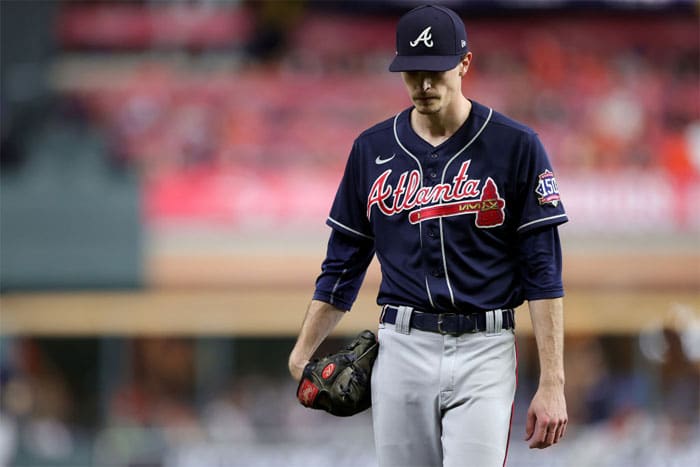 Carmen Mandato / Getty Images
Carmen Mandato / Getty Images Max Fried clinched the World Series for the Atlanta Braves Tuesday night with a superlative pitching performance, validating claims of fans who believe that the 27-year old Los Angeles native is the second best Jewish pitcher in history, after his idol, Sandy Koufax.
In six scoreless innings in Game 6, Fried, a southpaw, held the Houston Astros — which led the majors in runs, hits, and batting average — to only four hits. He struck out six and walked none (with only one runner advancing beyond first base), leading the Braves to a 7-0 victory to win the World Series championship four games to two. He was the only starting pitcher in the series to complete more than five innings.
“I knew it was the last outing of the year,” Fried told reporters after the game. “I was definitely running on fumes at the end of the playoffs, but I knew I had to be ready for one more.”
Fried was hoping to redeem himself after his mediocre start in the series’ second game, when the Astros shelled him for six runs and seven hits in five innings in the Braves’ 7-2 loss.
Fried’s 14-7 record and 3.04 ERA in the regular season helped the Braves win the National League pennant and gave another tribe – his Jewish fans – a boost of pride. In 2019, his first full season in the majors, Fried was 17-6 with a 4.02 ERA. In the COVID-limited 2020 season, Fried was 7-0 with a 2.25 ERA, winning a Golden Glove award as the NL’s best-fielding pitcher.
Since his major league debut in 2017, Fried’s overall record so far surpasses all other Jewish hurlers. He’s won 40 and lost only 18 games (a dazzling .690 percentage) with a 3.34 ERA. In 447 innings, he’s struck out 447 hitters while giving up only 139 walks. He’s also one of the best-hitting pitchers, with a career .214 batting average, including .273 this season.
He was one of 13 Jews on major league rosters this season, including Braves outfielder Joc Pederson, Astros third baseman Alex Bregman, and Astros backup catcher Garrett Stubbs. At one point in Tuesday’s game, Bregman hit a fly ball off Fried that Pederson caught for an out – a Jewish trifecta.
Fried was 8-2 with a 2.02 ERA and 105 strikeouts in 66 innings during his senior year at Harvard-Westlake High School, coached by Ethan Katz, now the Chicago White Sox pitching coach. In 2012, the Padres drafted him in the first round (7th overall) and traded him to the Braves two years later.
Born in 1994, 28 years after Koufax retired, Fried wore Koufax’s number, 32, in high school.
“The more success I had growing up, the more I heard about Sandy Koufax in the Jewish community,” he told a reporter last year. “Obviously he was before my time. But I always strived to follow him. And everything I ever heard was about how great a person he was rather than how great of a pitcher.”
Since the 1870s, at least 181 Jews have played in the major leagues – roughly one percent of all players. Seven-nine of them have been pitchers. Most had so-so careers, a few had one or more stellar seasons, but a handful were among the best hurlers of their period.
At a dinner party in the 1990s, Sam Nahem, a Jewish pitcher for the Brooklyn Dodgers, St. Louis Cardinals, and Philadelphia Phillies from 1938-48, told his guests, “Many people used to compare me with Sandy Koufax. They would say ‘You were no Koufax’. I told them thanks for putting me and Koufax in the same sentence.”
Unlike Nahem, many baseball fans think that Fried belongs in Koufax’s company.
Of course, baseball comparisons across generations are complicated. Today’s pitchers have much better medical advice and physical training than their predecessors. In Koufax’s day, starting pitchers were expected to complete nine inning games. Managers didn’t remove hurlers from games based on their pitch counts. In 1966, for example, Koufax started 41 games, completed 27 of them, and pitched 323 innings, while going 27-9 with a 1.73 ERA. This season, Fried started 28 games and pitched 165 innings without completing a game. The Phillies’ Zach Wheeler led all pitchers with 213 innings this year; only three other pitchers hurled more than 200 innings. Only 39 pitchers completed a game. Three pitchers who led the majors with three complete games.
Fried has started his career more successfully than Koufax, but whether he can sustain his impressive record is an open question.
After joining the Brooklyn Dodgers in 1955, Koufax’s first six years were plagued by wildness. During those seasons, he won 36 games and lost 40. In 1961, after Jewish catcher Norm Sherry urged Koufax to take something off his fastball, his control dramatically improved. He was baseball’s premier pitcher from 1961 through 1966, winning 129 games against only 47 losses. Arthritis in his left elbow ended his career prematurely at age 30.
Overall, he was 165-87 (a .655 winning percentage) with 2,396 strikeouts. He was the National League’s 1963 Most Valuable Player and the Cy Young Award-winner in 1963, 1965, and 1966, leading all pitchers in wins, strikeouts and earned run average. He pitched four no-hitters (including one perfect game), second only to Nolan Ryan’s seven no-hitters. In 1972, at 36, he was the youngest player elected to the Hall of Fame.
Koufax’s decision to skip the Dodgers’ first World Series game against the Twins on October 8, 1965, which fell on Yom Kippur, made headlines and became a source of great pride among American Jews. In his autobiography, Koufax wrote: “There was never any possibility that I would pitch. The club knows that I don’t work that day.”
A year later, Chicago Cubs rookie Ken Holtzman, also refused to pitch on Yom Kippur. But the next day, September 25, 1966, Holtzman beat Koufax 2-1.
Holzman was another hard-throwing left-handed Jewish hurler. Drafted in his sophomore year by the Cubs out of the University of Illinois (he later graduated and then earned a master’s degree), he pitched in the majors from 1965 to 1979.
Although Holtzman never lived up to the hype as the “next Koufax”—an impossible standard—he had a 174-150 record, winning 17 or more games in six seasons. He pitched for three World Series champions (winning four games while losing one), was twice an All-Star, and is one of only 35 pitchers to throw multiple no-hitters.
Koufax, Fried, and Holtzman clearly rank as the three best Jewish hurlers in major league history, but among the 76 other Jewish hurlers, there are some standouts.
Craig Breslow, a molecular biophysics and biochemistry major at Yale, led the Ivy League with a 2.56 ERA his senior year. In 2010 the Sporting News named the lefty Breslow the nation’s smartest pro athlete, but his mound performance never reached the same level as his intellect. Between 2005 and 2017 he compiled a 23-30 record as a reliever with seven teams. In 2013, he was 5-2 with a 1.81 ERA in 61 games for the World Series-winning Red Sox. He’s currently the Cubs’ assistant general manager.
A first-round draft choice out of his New York City high school, Jason Marquis was truly a wandering Jew, pitching for the Braves, Cardinals, Cubs, Rockies, Nationals, Diamondbacks, Padres, Twins, and Reds between 2000 and 2015. He compiled a 124-118 won-loss record, including a 15-7 season for the World Series champion Cardinals team in 2004. He was an All-Star in 2009 and pitching ace for the Israel team in the 2017 World Baseball Classic.
Steve Stone graduated from Kent State in 1970 and was pitching in the majors a year later. He was 107-93 with four teams from 1971 to 1981. In 1980, he was 25-7 with the Orioles, pitched three scoreless innings in the All-Star game, and captured the Cy Young Award. Diagnosed with tendinitis the next year, he retired at 34 and shifted to a career in broadcasting.
Larry Sherry compiled a 53-44 record as right-handed relief pitcher from 1958 to 1968. As a Dodger, he was voted MVP in the 1959 World Series against the White Sox, winning two games and saving two others, with a 0.71 ERA in 12 and 2/3 innings.
Barry Latman was a star hurler at Fairfax High School in Los Angeles, playing alongside his teammate Larry Sherry. He attended the University of Southern California on a baseball scholarship, but dropped out to sign a contract with the Chicago White Sox in 1955. He pitched in the majors from 1957 to 1967, compiling a 58-68 record. He made the All-Star team in 1961, a season in which he went 13-5 (a .722 winning percentage) for the Indians.
Saul Rogovin went 48-48 with four teams between 1949 and 1957. In 1951, he was 12-8 and led the American League with a 2.78 ERA. On July 12, he pitched 17 innings against the Red Sox, struck out 14 batters, and won the game by a 5-4 score. At 51 he returned to college, earned his degree from City College, and had a rewarding second career as a high school English teacher in New York.
Sam Nahem logged a 10–8 record in four seasons with the Dodgers, Cardinals, and Phillies between 1938 and 1948. In 1941 he was 5-2 with a 2.98 ERA, including a three-hit shutout against the Pirates. He was a right-handed pitcher with left-wing politics. In 1945, during World War 2, he recruited two Black players for his European baseball squad in the otherwise segregated military baseball league. His team won the military championship in a game played in the same stadium in Nuremberg, Germany where Hitler had addressed Nazi Party rallies. After the U.S. defeated Germany, the U.S. Army laid out a baseball diamond and renamed the stadium Soldiers Field. By winning the military World Series with an integrated team, Nahem helped lay the groundwork for Jackie Robinson.
In 1910, Erskine Mayer left Georgia Tech to play professional baseball and two years later was on the mound for the Philadelphia Phillies. During eight seasons, he compiled an outstanding 91-70 record and 2.96 ERA. In 1915, his best season, he was 21-15 with a 2.36 ERA. With the Pirates in 1918, he was part of one of the greatest pitching duels in baseball history. He and Boston Braves hurler Art Nehf pitched 15 scoreless innings. Pirates pitcher Wilbur Cooper relieved Mayer with one out in the 16th inning, and got the win when the Pirates scored two runs against Nehf, who was still pitching in the 21st inning.
During his 10 years in the majors (1903-12), Barney Pelty had a career ERA of 2.63, despite losing more games (117) than he won (92). His peak year was 1906, when Pelty went 16–11 with a 1.59 ERA, second best in the American League.







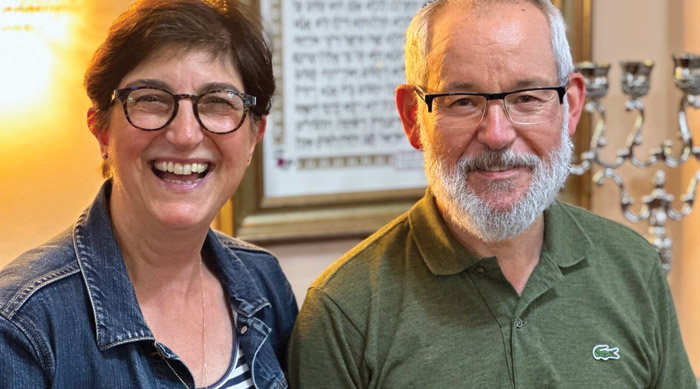
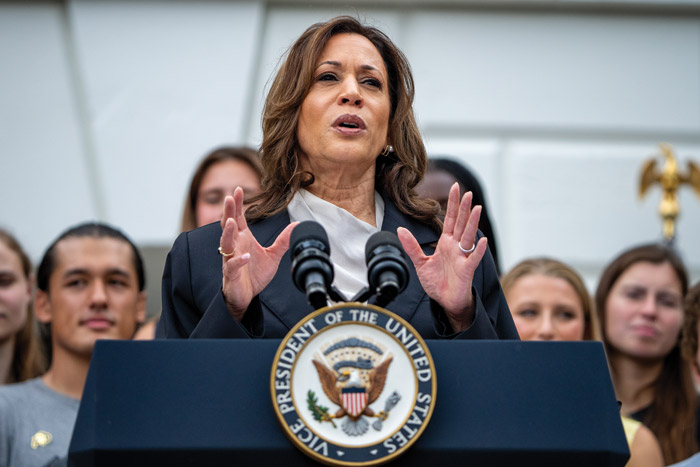
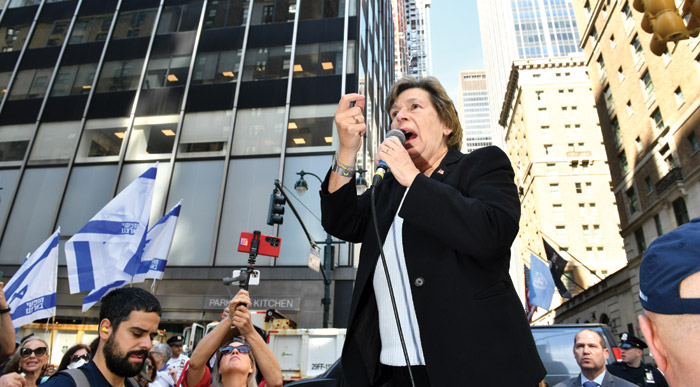
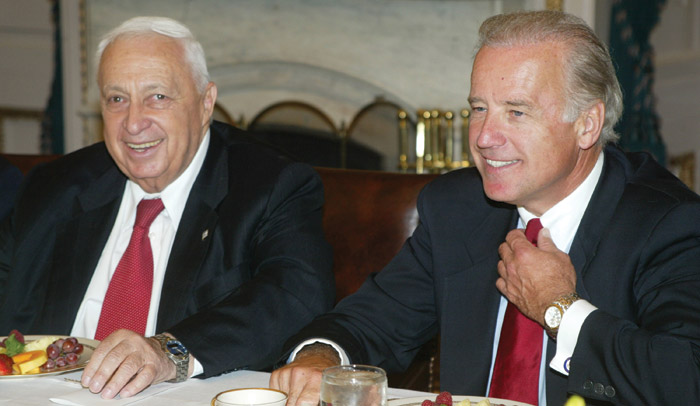
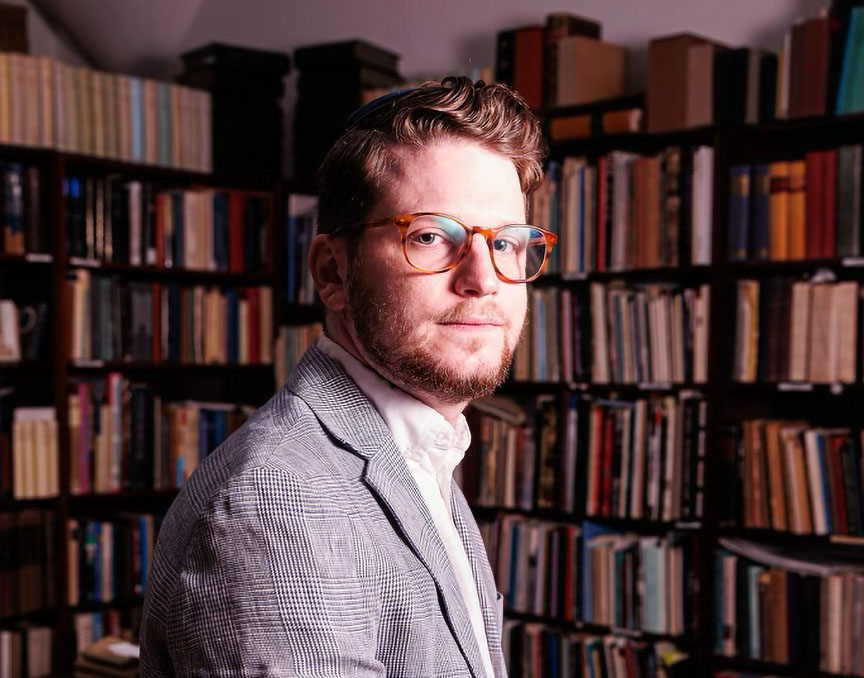

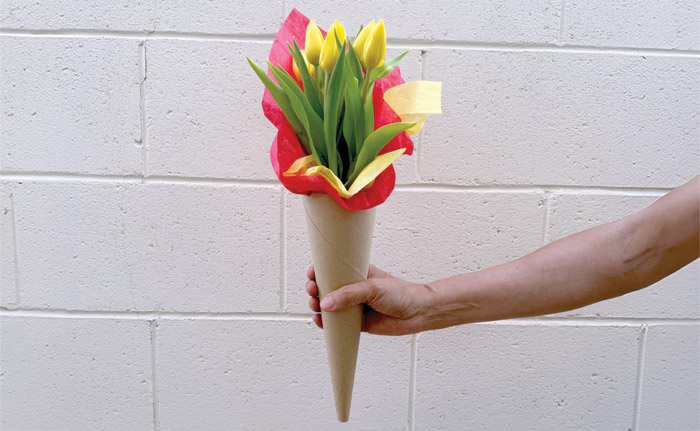

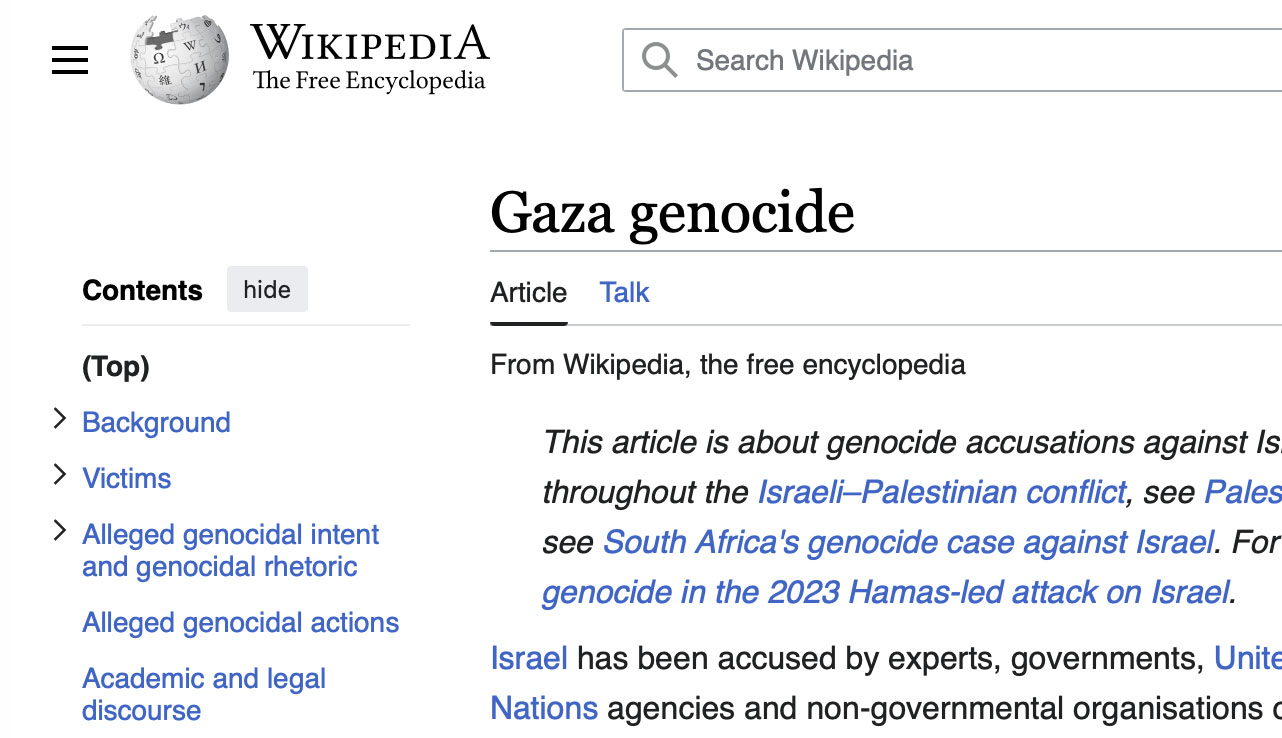



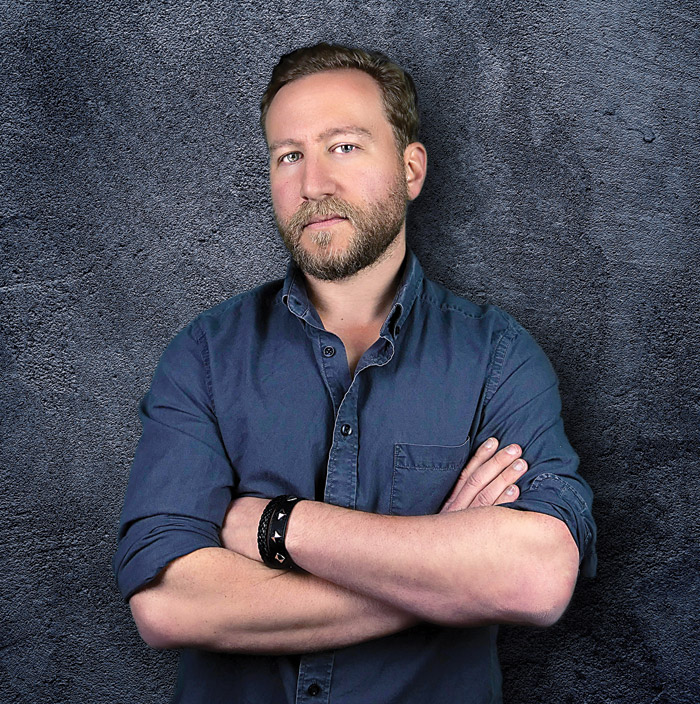

 More news and opinions than at a Shabbat dinner, right in your inbox.
More news and opinions than at a Shabbat dinner, right in your inbox.